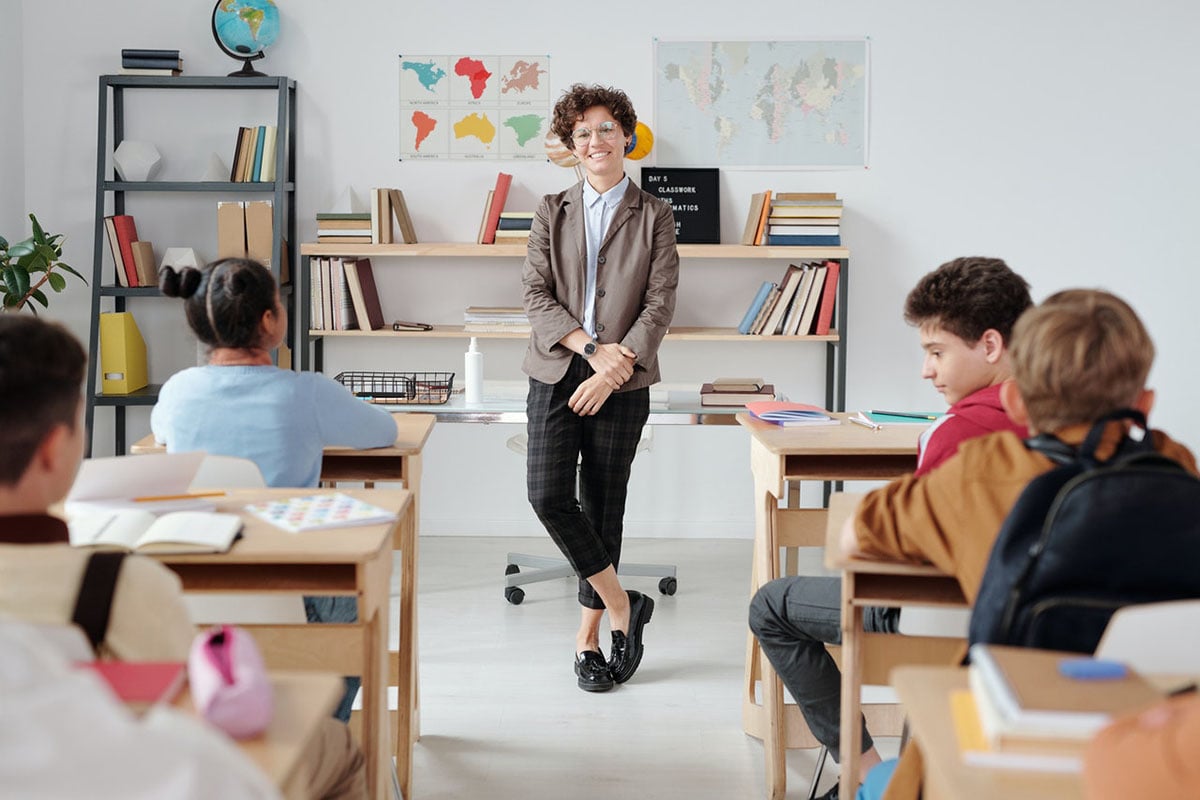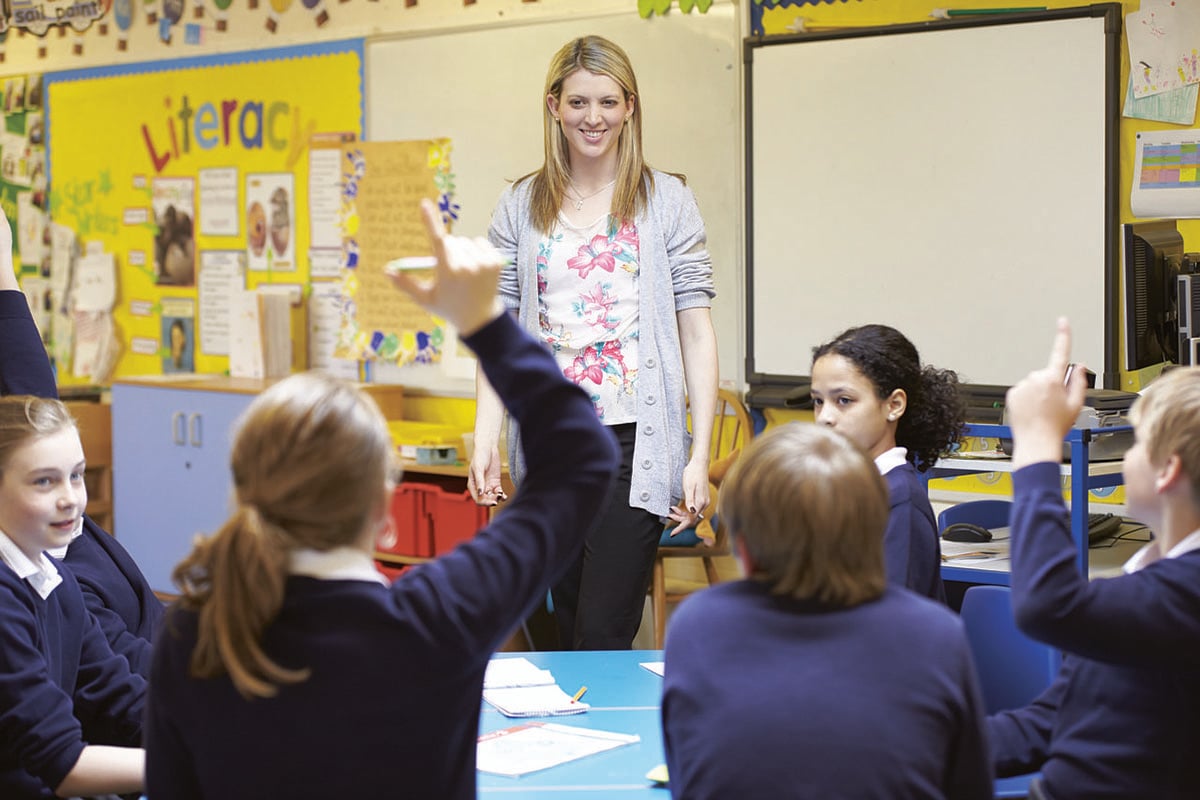The Importance Of Enrichment In School & 2022 Best Practices

How Enrichment in School Can Lead to Student Success
An enrichment program is a supplementary educational program designed to enhance students' academic experience and challenge them academically. It is not a replacement for the core curriculum, but rather an addition to it.
There are many different types of enrichment activities that can be used in an enrichment program. Some examples include: field trips, guest speakers, service learning projects, hands-on projects, and problem-solving exercises.
Education is no longer only about learning to read and write or adding and subtracting. It is about using engagement activities that challenge the student both mentally and physically. Learning does not only take place in the traditional manner of the teacher as the lecturer and the students as the recipient. Students need to be actively involved in their education and enrichment in school is the way to accomplish this.
Understanding What Enrichment in School Is
To understand what enrichment in school is, it is best to start by acknowledging that enrichment classes should not be designated only for those students considered “gifted.” It is true that these academically bright students need to be challenged and will greatly benefit from enrichment classes and competitions, but where does this leave the hardworking average students and the struggling students who require remediation?
The truth is that ALL student groups deserve enrichment in school. Enrichment programs are not limited to the advanced curriculum in extracurricular classes. Enrichment in schools should also include time for students to get much-needed help with homework and other difficult assignments and concepts.
However, one of the most important components of enrichment is often overlooked. This is the ability for students to learn and discover new hobbies and interests that lie outside of the traditional classroom setting. These outdoor enrichment activities might include a gardening class, a scavenger hunt for specific types of leaves and flowers, a nature hike to explore animal habitats and trees, playing outdoor games like beach volleyball and tag to work on coordination, or simple sidewalk chalk art activities that help students explore their artistic abilities. It is past time for school administrators and educators to make enrichment in school a priority.
Academic Enrichment in Schools
Having fun in school is vital to the overall well-being of all students, but as important as it might be, enrichment needs to be structured so that it remains focused on learning and does not become a slacking off session. Many students will jump at any chance they get to do the minimum amount of work possible and that is not what enrichment should be about. It needs to become and remain an opportunity for students to enhance their learning experiences through academically rich activities.
Most academically gifted students tend to learn the curriculum and class content quicker than their classmates, which often leads to boredom that can turn into behavior problems. These students do not always perform well in school and often educators do not know the signs to look for. There are certain characteristics of high-achieving learners that all educators should be aware of.
Indicators a student would benefit from an academic enrichment program include:
- The student struggles to remain focused.
- The student understands or grasps the concept quicker than the rest of the class.
- The student reads ahead in novels or textbooks.
- The student appears antsy or nervous during class lessons.
- The student often appears unmotivated by school.
- The student consistently receives high grades.
- The student scores low on assignments but seems to understand the concept.
For years, these students have been labeled as “bad” or “lazy.” The truth is that these students do not feel engaged in the “boring” activities and so they either consciously or unconsciously make the decision not to participate in classroom instruction. They simply “check out.” Unfortunately, this can cause both parents and educators to suspect that a learning difference or attention problem is the cause.
Involving students in enrichment activities can help students discover a greater sense of self. This occurs as students begin to realize for themselves why they have been unmotivated in class while giving them the motivation and resources to become engaged. Many academically advanced students suffer from anxiety because they feel different but are not sure why. The programs and resources provided by academic enrichment programs not only improve classroom performance but also the student’s self-confidence as they begin to realize their potential.
Academic enrichment programs do not only benefit the academically gifted student. These activities and programs provide educational growth opportunities for students of all levels. This includes the students who often feel overstimulated by classroom lessons and struggle to keep up with their peers.
Often, this student stops completing class and homework because they feel it is too difficult. In other cases, they become the class clown to defer attention away from their lack of effort towards their school work. It is unfortunate, but these students would rather be viewed as “bad” than “dumb” in front of their teachers and classmates. It is the responsibility of the school to change this mindset and help students develop their endless potential. This makes providing academic enrichment activities even more important.
Academic Enrichment Activities to Engage Students
- Play boardgames
- Solve and create puzzles related to the content
- Play “Capture the Flag” to teach rules and strategy concepts
- Create “Story Quilts” to re-tell the key points of a novel or short story
- Arts and crafts that allow students to demonstrate understanding of concepts
- Tiered activities
- Enrichment clusters – this allows students to closely collaborate with a teacher on a project or to deeply discuss a topic
- Debates
There are many more examples to choose from, but whatever school enrichment activity is used, it is best to remember that academic enrichment should be purposefully planned. It is NOT “busy work.” Academic enrichment activities should promote higher-level thinking when learning important concepts.
Although it is sometimes necessary to utilize direct instruction, for enrichment to work properly, it is also necessary to allow for independent and small group work. When students feel as if they have a say in their own learning, they begin to take ownership of their work.
For help organizing, running, and collaborating on extra-curricular activities or other enrichment events in your school, look to Curacubby. Our suite of apps and services are specifically designed to save time and money on enrichment programs.
For example, the Moments app helps you stay connected in real time by facilitating an easy, fast, and safe communication between the school and parents. It’s an all-in-one communications tool for education and recreation.

Benefits of Enrichment in School
Providing enrichment in school is a necessary component for ensuring a well-rounded education. As newly engaged learners begin to understand who they are as a person and as a learner they learn how to become and stay motivated during the school day. Enrichment has also been shown to improve study skills, an area where many students struggle. By learning time management skills, test preparation strategies, and other useful study skills, students will see both their grades and confidence improve. As students move farther along in school, this is even more important as the curriculum content continues to increase and advance.
Engagement is another important factor in school enrichment. When a student feels disengaged from the content, they will not recognize the importance or need to study the material or complete the work. These are the students who have a blank look on their face when asked a question. Enrichment activities help to get students interested in what they are learning which in turn creates engagement.
Motivation is also crucial to student success. Most students are more likely to be motivated to participate in classroom lessons, activities, and discussions when they feel challenged. Allowing students to dig deeper into thought-provoking questions and analyze them beyond the surface level helps learners to see not only their potential but that their ideas are valuable and insightful. This sudden realization that the enrichment has caused is almost as if they are opening their eyes for the first time. All students work at different rates, so allowing them to set the pace of their learning will also motivate students to continue a path of lifelong learning.








